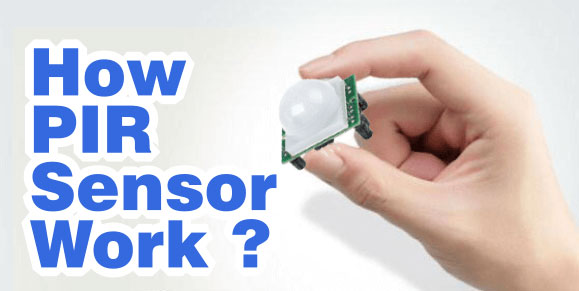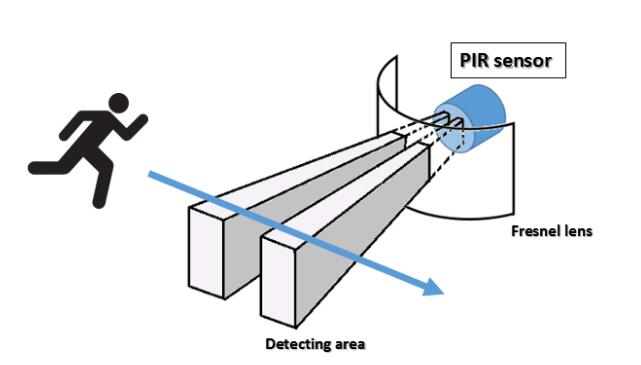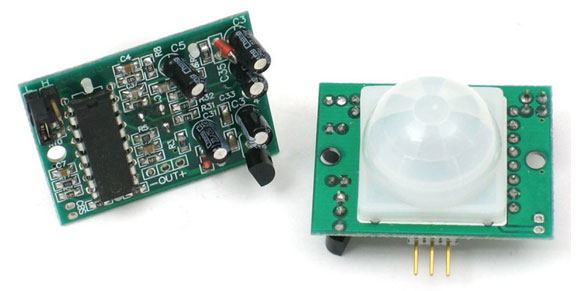The Advantages and Limitations of PIR Sensors
PIR sensors have several advantages over other types of motion sensors, such as ultrasonic, microwave, or radar sensors. Some of these advantages are
> Low power consumption: PIR sensors consume very little power, as they only operate when a motion is detected. This makes them suitable for battery-powered or solar-powered applications.
> Low cost: PIR sensors are relatively cheap and easy to manufacture, as they use simple and widely available materials and components.
> High reliability: PIR sensors are immune to noise, dust, humidity, and other environmental factors that may affect other types of sensors. They also have a long lifespan and require minimal maintenance.
> Privacy protection: PIR sensors do not capture or store any images or sounds of the objects they detect, unlike cameras or microphones. This protects the privacy of the users and the subjects.
However, PIR sensors also have some limitations that need to be considered, such as
> Sensitivity to temperature: PIR sensors rely on the temperature difference between the object and the background to detect motion. If the temperature of the object is similar to the temperature of the background, the sensor may not be able to detect it. For example, if the object is wearing clothes that match the room temperature, or if the room temperature changes rapidly due to heating or cooling systems, the sensor may fail to sense the motion.
> Sensitivity to speed: PIR sensors are more sensitive to fast-moving objects than slow-moving objects. If the object moves too slowly, the sensor may not register a significant voltage change and miss the motion. For example, if the object is crawling or walking very slowly, the sensor may not detect it.
> Sensitivity to direction: PIR sensors are more sensitive to objects moving across their field of view than objects moving towards or away from them. This is because the objects moving across the sensor create a larger voltage change than the objects moving along the sensor. For example, if the object is moving directly towards or away from the sensor, the sensor may not sense the motion.
> False alarms: PIR sensors may generate false alarms due to various factors, such as sudden changes in lighting, reflections, shadows, insects, pets, or other sources of heat. These factors may cause the sensor to mistake them for a real motion and trigger an output. For example, if the sun shines through a window, or a car passes by, the sensor may detect a motion and activate the alarm or the light.













